5 common lawn care mistakes that are killing your yard
Are you committing "lawn slaughter"?
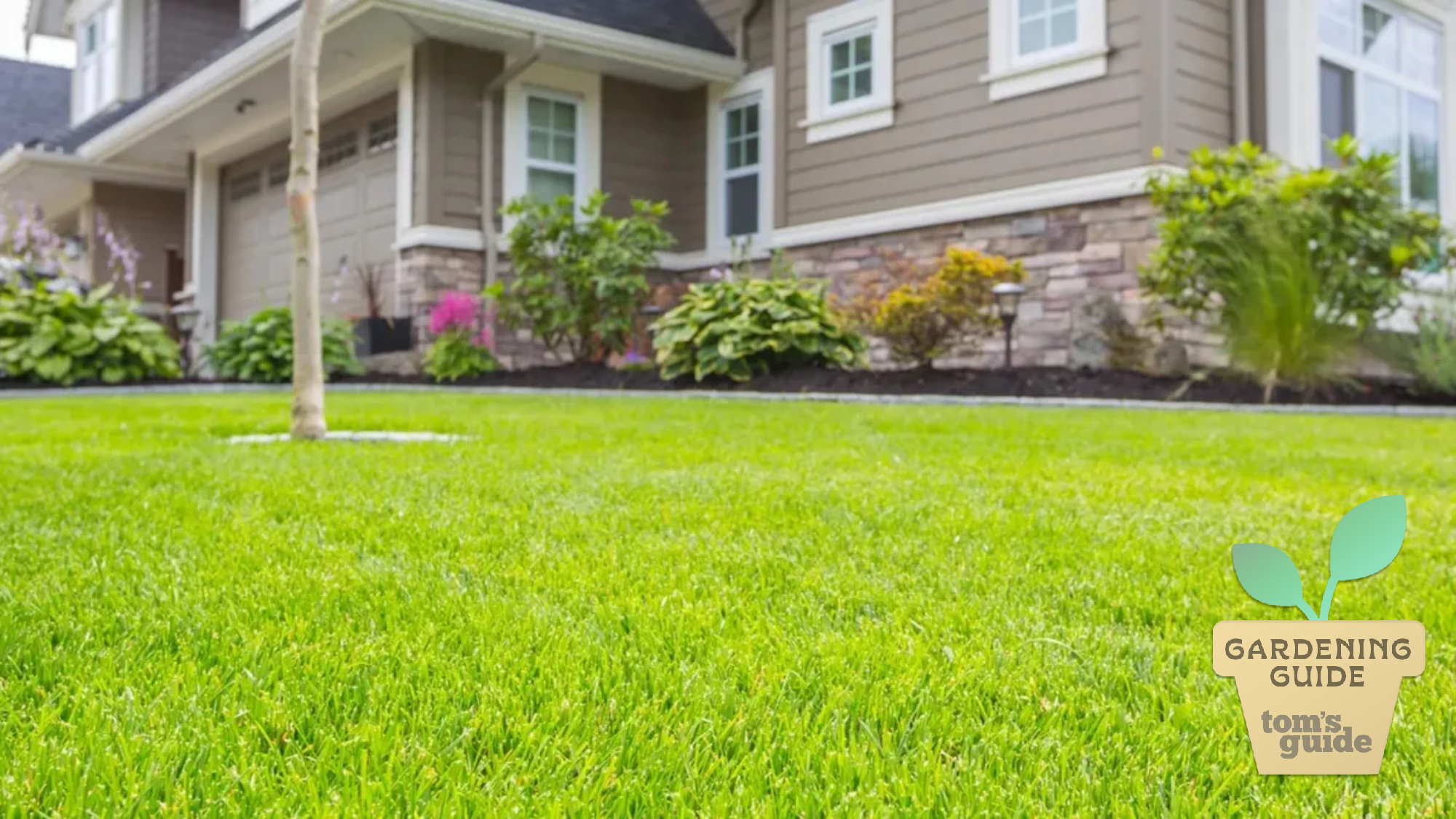
Most lawn disasters happen not with dramatic flourish, but through well-intentioned mistakes repeated over time. As we approach the end of Gardening Week, now's the perfect moment to reassess your routine practices that might be harming rather than helping your lawn.
That pristine green carpet you're working so hard to maintain might actually be suffering from your care routine rather than benefiting from it. The signs often appear gradually — thinning patches, persistent weeds, or grass that never quite thrives despite your best efforts.
What makes these mistakes particularly troublesome is how reasonable they seem. Daily watering sounds caring, short grass looks tidy, and extra fertilizer seems generous. Yet these common practices can actually weaken your lawn's resilience and overall health.
Here are five yard care habits that could be doing more harm than good, plus what you can do instead.
1. You're mowing your lawn too short
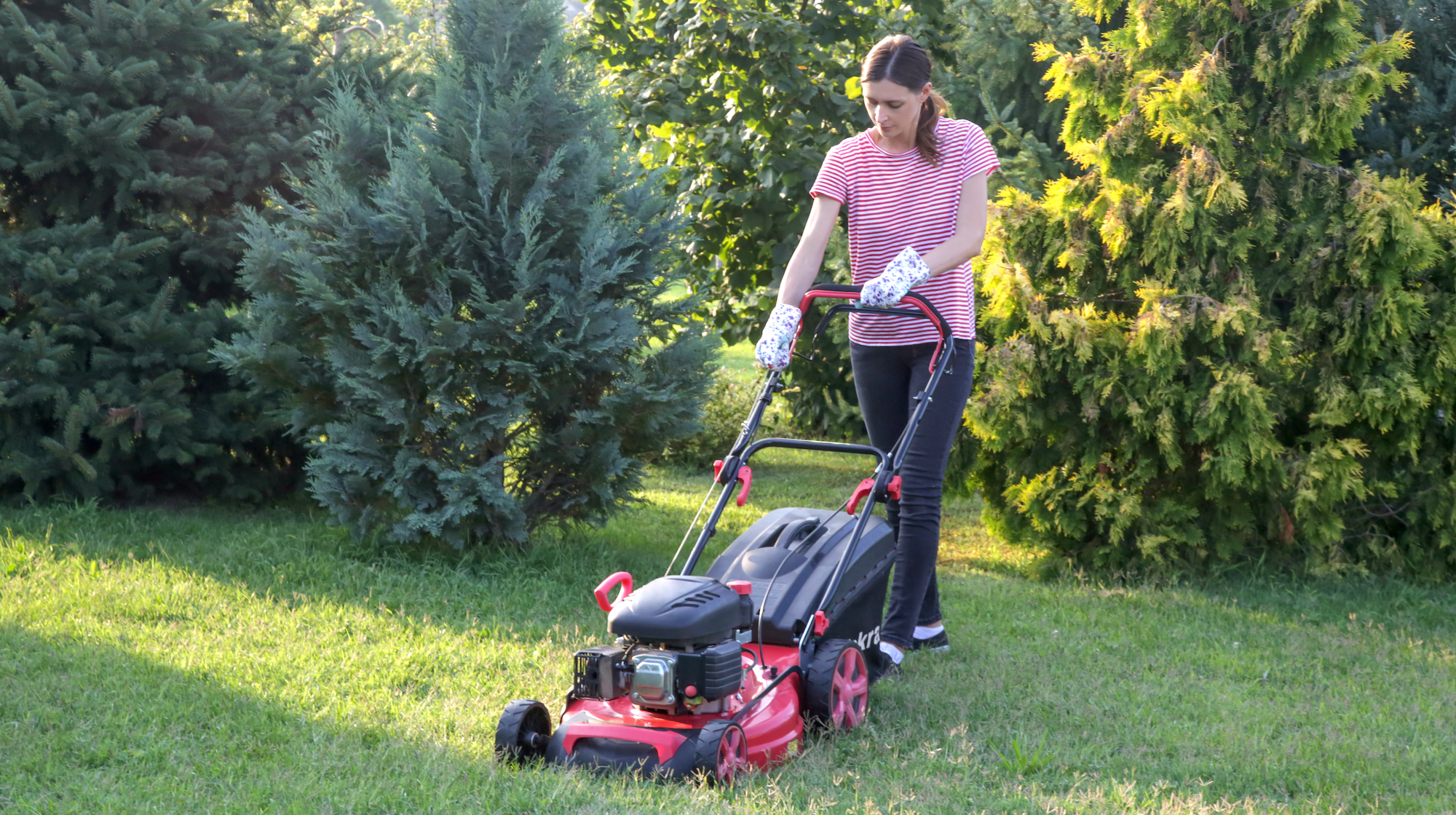
Scalping your grass might look neat and tidy, but it's one of the worst things you can do for lawn health. Cutting too low severely weakens the root system, dramatically reduces drought resistance, and practically invites weeds to move in and take over.
When grass blades are cut too short, the plant diverts energy to blade growth at the expense of root development. This stress makes your lawn more susceptible to disease and environmental pressures while creating perfect conditions for weed seeds to germinate in the newly exposed soil.
What you can do instead is stick to the one-third rule: never cut more than a third of the grass blade at once. Find your specific grass type's ideal mowing height and maintain that height consistently.
Sharpen your mower blades at least once per season. This ensures clean cuts that heal quickly rather than jagged tears that stress the grass and create entry points for disease.
2. You haven't aerated lately (or ever)
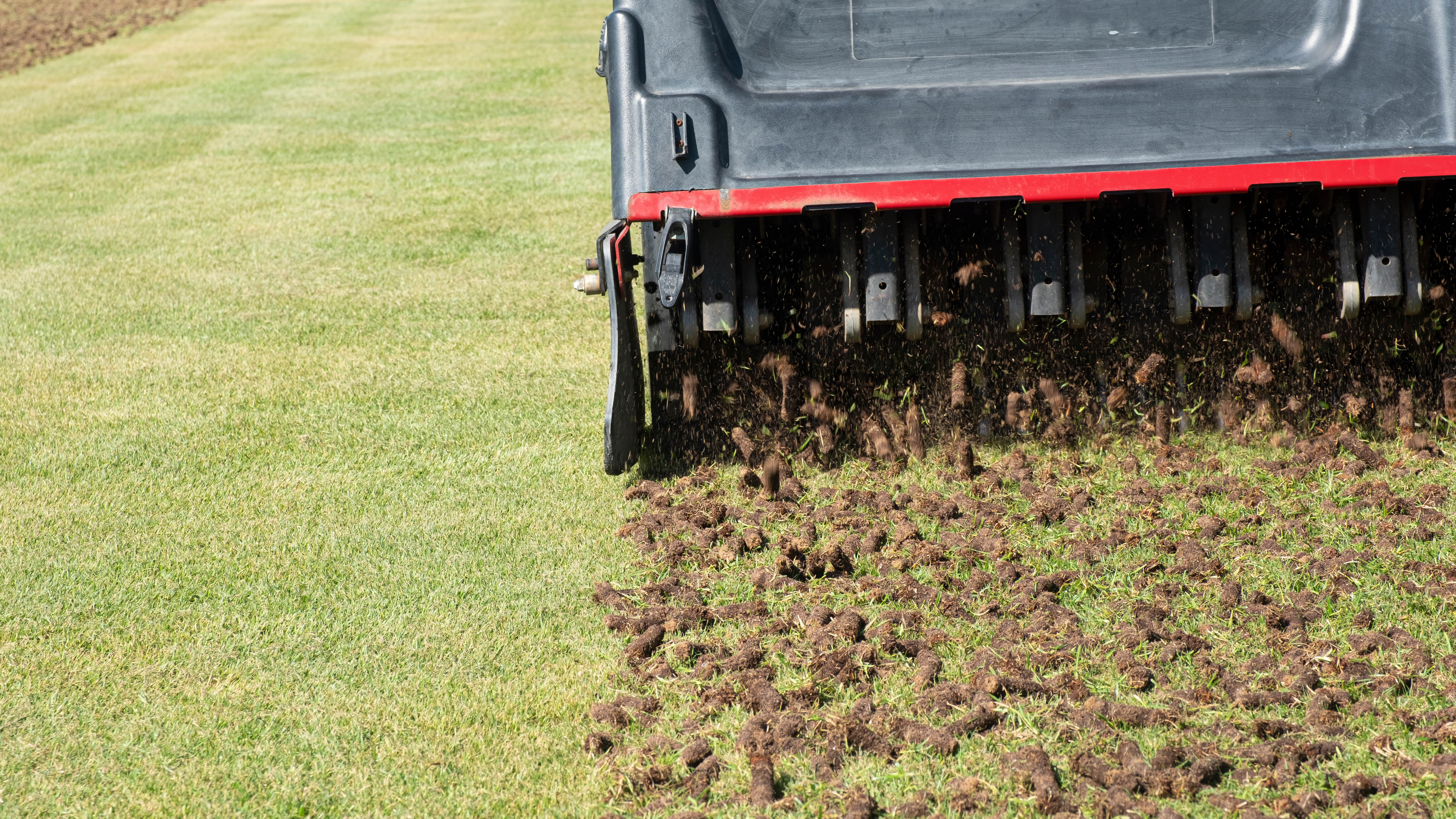
Compacted soil makes it difficult for water, oxygen, and nutrients to reach the root zone, and that can lead to thinning grass, drainage problems, and stubborn bare patches that never seem to fill in despite reseeding efforts.
Heavy clay soils and areas with frequent foot traffic are especially prone to compaction, yet many homeowners skip aeration entirely, unaware of its importance to lawn health.
If your yard sees a lot of foot traffic or has heavy soil, aerate once a year to loosen compacted areas. Core aeration (removing small plugs of soil) is significantly more effective than spike aeration, which can actually increase compaction around the holes.
Time it for your grass's primary growing season, such as spring or early fall for cool-season varieties, or late spring through summer for warm-season grasses. Then leave the soil plugs on the lawn where they'll break down naturally, returning organic matter to the soil.
3. You're watering too often or at the wrong time

Daily watering might seem like a good way to keep your grass quenched, but it actually promotes shallow root systems and ultimately weakens your turf. When water is constantly available at the surface, grass roots have no incentive to grow deeper in search of moisture.
These shallow roots make your lawn extremely vulnerable during drought periods or watering restrictions. Overwatering also encourages fungal diseases, moss growth, and creates runoff that wastes water and can carry fertilizers into storm drains.
Water deeply but infrequently, ideally once or twice a week. Early morning is best, before the sun evaporates moisture but leaving enough time for grass blades to dry before evening, reducing disease risk.
As a rule of thumb, if the grass bounces back slowly after walking on it that's your cue it's time to water. And you can always consider installing a rain sensor or smart irrigation controller to automatically adjust watering schedules based on local weather conditions.
This smart sprinkler controller helps you automate your yard’s watering schedule with ease. It uses local weather data to skip watering when it’s raining, too windy, or freezing out, and you can control everything from your phone. Installation is quick, works with Alexa, and it’s a great way to save water without thinking too hard about it.
4. You applied an emergent too late
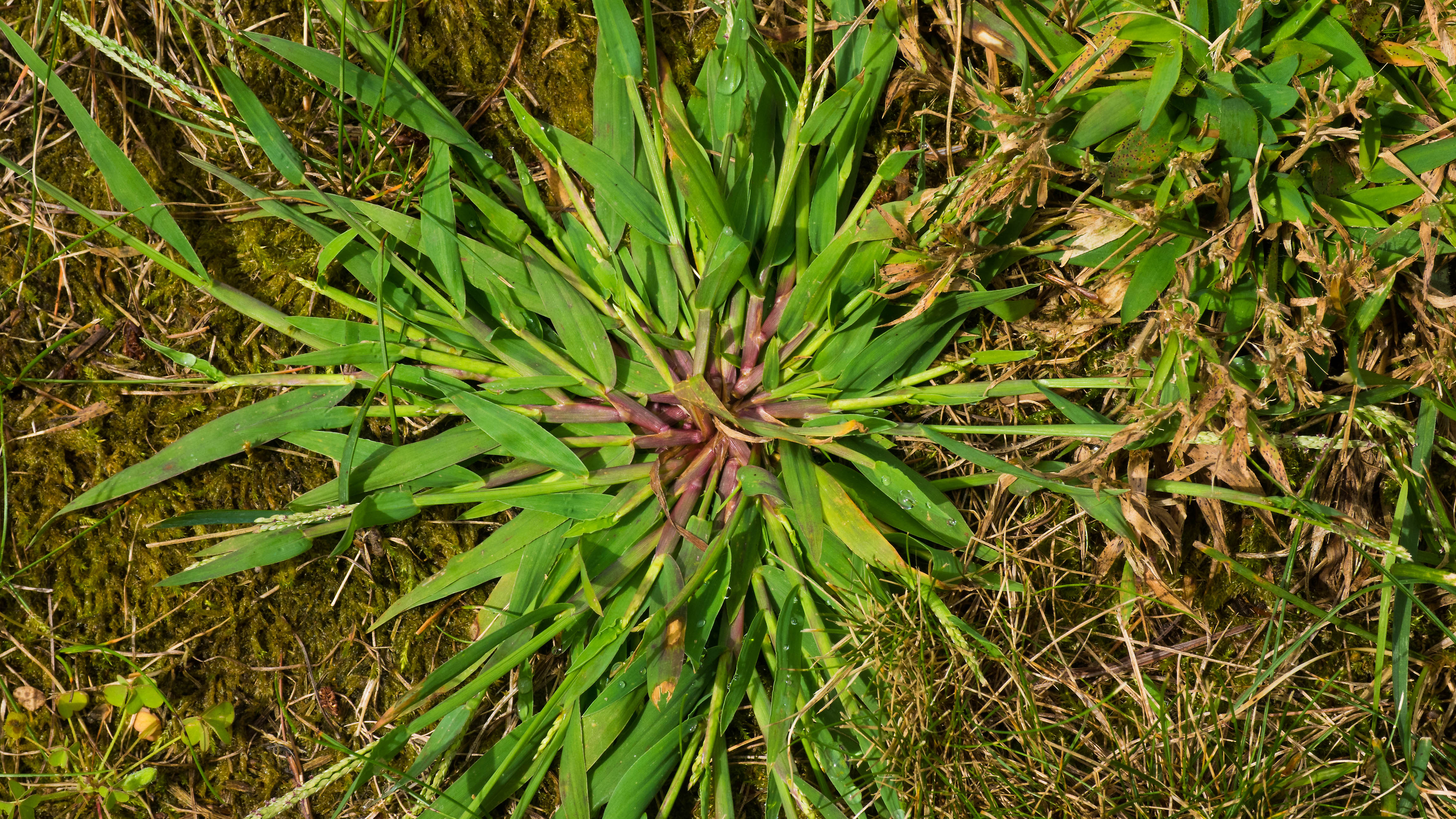
Once weeds like crabgrass take hold, they're tough to get rid of and can quickly dominate sections of your lawn. Pre-emergent herbicides create a barrier that stops weed seeds from germinating, but timing is everything.
Apply too late, and the weeds are already growing underground, rendering your application largely ineffective and wasting both product and effort.
Most annual weeds germinate when the soil consistently hits around 55°F for several days. Apply a pre-emergent herbicide just before this threshold is reached, typically when forsythia shrubs begin blooming in many regions.
Make sure the product is suitable for your grass type, apply it evenly across the lawn, and water it in according to package instructions to activate the barrier.
Consider a second application 6-8 weeks later for extended protection through the growing season in areas with persistent weed pressure.
5. You're using too much fertilizer
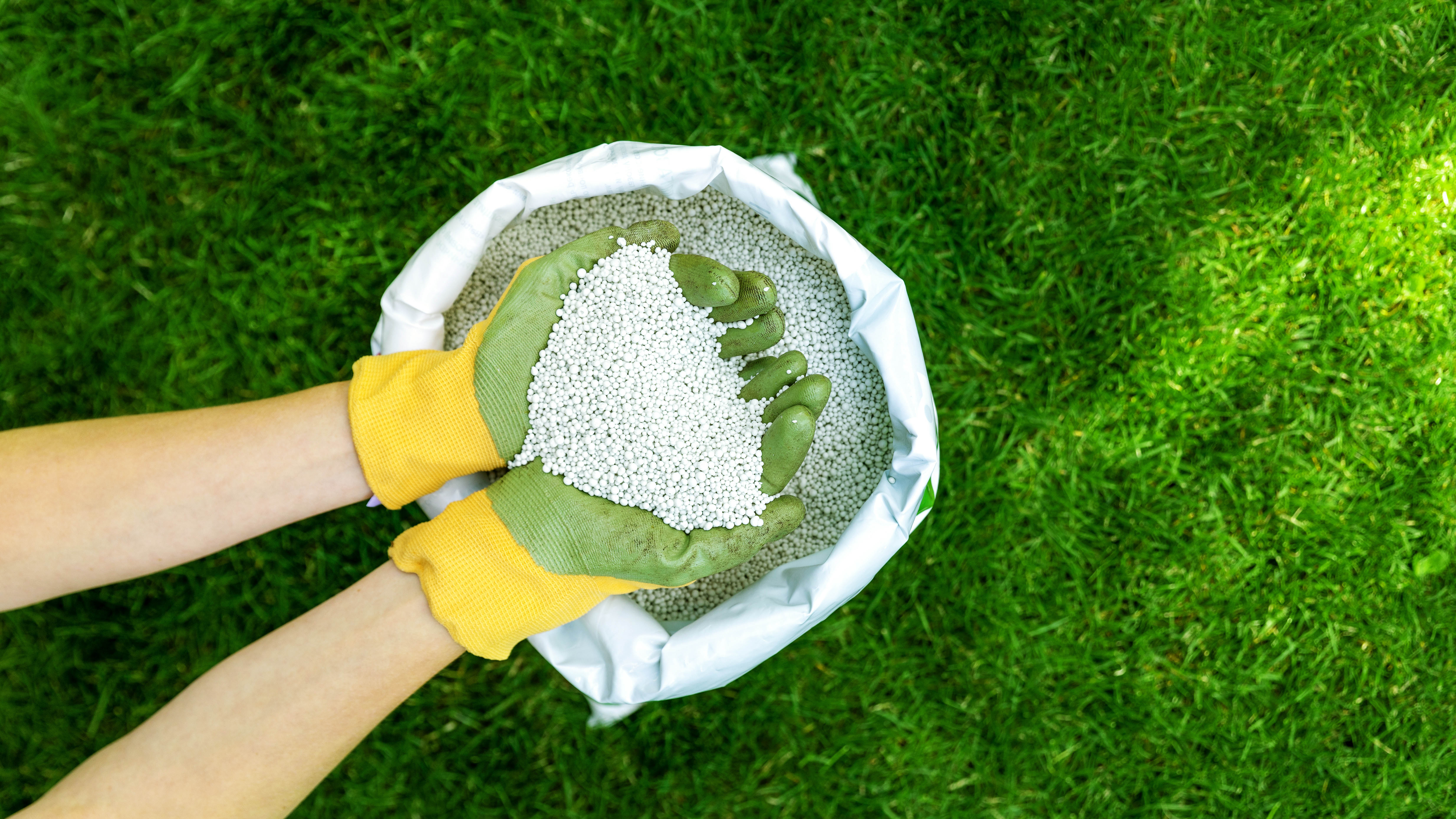
More isn't always better when it comes to feeding your lawn. Overfertilizing can literally burn your grass, cause excessive top growth at the expense of roots, and create thatch buildup.
It also promotes disease susceptibility and pollutes local waterways through nitrogen and phosphorus runoff. This is an especially common mistake when homeowners try to fix brown patches in a hurry or when following a "more is better" approach to lawn care.
Instead, fertilize modestly and strictly according to label directions. If you're unsure how much to use, start at the lower end of the recommended range and observe results. A soil test can determine exactly what nutrients your lawn needs, potentially saving you money and preventing over-application.
Choose a slow-release fertilizer suited to your grass type and climate, and never apply before heavy rain is forecast. For most lawns, 2-4 applications per year is sufficient, timed to your grass type's natural growth cycle rather than applied on a fixed calendar schedule.
Frequently asked questions
How can I tell if my soil is compacted and needs aeration?
Look for these signs: water pools on the surface rather than soaking in, grass thins despite proper care, the soil feels hard under foot, or you struggle to push a screwdriver into the ground. If your lawn exhibits these symptoms, aeration will likely help improve its health.
How do I know which type of grass I have in my lawn?
Look at blade width, color, growth pattern, and texture. Cool-season grasses like Kentucky bluegrass have medium-fine blades and deep green color, while warm-season grasses like Bermuda tend to have finer blades and lighter color.
Is it better to water my lawn in the morning or evening?
Morning watering (between 4-10 AM) is generally best. Early watering gives grass time to dry before evening, reducing disease risk, while avoiding the midday sun when much of the water would evaporate before reaching the roots. Evening watering can promote fungal growth if grass remains wet overnight.
Sign up to get the BEST of Tom's Guide direct to your inbox.
Get instant access to breaking news, the hottest reviews, great deals and helpful tips.
And there we have it! You've now learned the 5 common lawn care mistakes that are killing your yard. While you're here, why not take a look at some of our other helpful gardening guides?
For a beautiful garden, check out 7 colorful flowers to plant in April for a vibrant summer garden and 9 perennial flowers to plant in April for blooms year after year. And if you're wanting to banish weeds forever, we've got you covered.
More from Tom's Guide

Kaycee is an Editor at Tom’s Guide and has been writing for as long as she can remember. Her journey into the tech world began as Cazoo's Knowledge Content Specialist, igniting her enthusiasm for technology. When she’s not exploring the latest gadgets and innovations, Kaycee can be found immersed in her favorite video games, or penning her second poetry collection.
You must confirm your public display name before commenting
Please logout and then login again, you will then be prompted to enter your display name.

